Flax Seed Nutrition
Erin,
My husband and I have been following the “Clean Cuisine way” shortly after my diagnosis of MS two years ago; with him being a type 1 diabetic and with my MS, we have been so cognizant of our diets thanks to Ivy:) This question is random. It’s actually been a topic of debate between me and my mother in law in regards to flaxseed. We use flaxseed sparingly. Toppings in salads, smoothies, shakes, Ivy’s [Gluten-Free] pizza recipe. My MIL is adamant that flaxseed has no nutritional value unless it is cut/nixed a certain way. Is there truth behind this? Is there a certain brand we should be using?
Thanks for your help,
Nicole
Hi Nicole, This is not a random question at all. In fact, it’s a very important question. And, I am so happy to hear that you and your husband are benefiting from Clean Cuisine! In regard to your mother-in-law, as much as this might pain you to tell her (ha!), she definitely knows her stuff. Well, when it comes to flax seed nutrition, she does. While I’m not sure what she told you specifically about flax seed milling, there are indeed a few factors involved in the process that can affect the nutritional value of your flax seeds. Below are the two most important factors for reaping the benefits of flax seed:
1. Flax Seeds Must Be Ground (or Milled)
Your body can’t derive the full benefit of the omega-3 essential fats found within flax seeds unless they are ground, so eating them whole is not optimal. You can grind flax seeds yourself in a coffee grinder or you can buy them already ground (Ivy loves Barlean’s Forti-Flax organic ground flax seed). Therefore, your flax seeds SHOULD NOT look like this when you eat them:  They SHOULD look like this:
They SHOULD look like this: 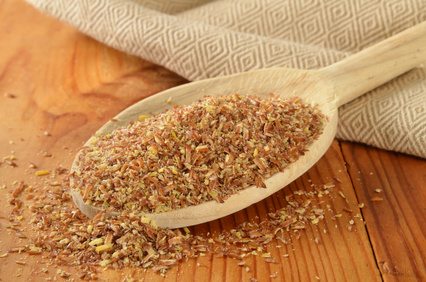
2. Flax Seeds Should be Cold-Milled (or Ground) to Preserve Nutritional Compounds
The cold-milling process eliminates any heat destruction that may jeopardize flax seed’s nutritional components. If a flax seed product is cold-milled, it will say so on the package. Do make sure to look for this important info! To preserve freshness Ivy suggests you store your ground flax seeds in your freezer unless the package has not yet been opened. Flax seeds that have not yet been ground may be stored safely at room temperature. However, ground flax seeds can be heated for use in baking. Ground flax seeds can be added to muffins, breads, pizza crust, and even desserts. In addition to mixing flax seeds into all sorts of batters, you can also sprinkle them on hot whole grain cereals, add them to smoothies, mix them into meatballs, or sprinkle them on your salad.
1. Omega-3 Essential Fat: Alpha-Linolenic Acid
ALA (or sometimes abbreviated LNA) is one type of Omega-3 essential fat found in vegan foods, including walnuts and hemp seeds, but two of the most concentrated sources of ALA are flax and chia seeds (click HERE for information on the two other types of Omega-3 essential fats EPA and DHA, which are non-vegan sources). By drinking a SuperGreen Smoothie every day, you can also get your daily worth of ALA in the form of Chia seeds. Although eating the whole food in the form of nuts and seeds is the superior choice, you can also get your omega-3 ALA from unrefined, cold-pressed flax oil drizzled on vegetables, salads, grains, and beans. NOTE: It is okay if the food on which the oil is drizzled is warm, but do not cook with flax oil, as heat will destabilize the nutritional benefits! Speaking of benefits… Omega-3 essential fats (which are slimming fats!) support the health of your immune system, reproductive system, cardiovascular system, and central nervous system. These fats are the most powerful anti-inflammatory substances available without a prescription and are therefore beneficial to people suffering from seemingly unrelated conditions that all have inflammation as the common denominator, such as asthma, allergies, arthritis, multiple sclerosis, psoriasis, fibromyalgia, chronic pain, and even coronary artery disease. The omega-3 fats are also widely recognized for their triglyceride-lowering effects. Considered to be the beauty and brain nutrients, omega-3 fats play a vitally important role in supporting healthy skin, hair, and nails as well as improving your cognitive function, your attention span, and your ability to process and retain information. They even improve your mood and make you happier!
2. Fiber
Fiber-rich flax seeds are a particularly good source of fiber that supports healthy digestion and promotes natural detoxification because it sequesters (pulls out) toxic waste that the intestines clear from your blood; this in turn helps make sure the toxins are not later reabsorbed into your bloodstream.
Although fiber is not digested and has basically no calories, it is still absolutely essential for optimal health and achieving a healthy body weight, and it is considered to be a nutrient. In general, the more fiber you eat from whole carbs, the healthier you will look and be. Simply adding more fiber-rich foods to your diet also appears to be associated with decreased inflammation and C-reactive protein* levels. (1) It is not surprising that people who eat the most fiber from whole carbs have smaller waists, lower insulin levels, and a reduced risk of type 2 diabetes and many other diseases. As a general and bariatric surgeon, Dr. Andy frequently sees the negative complications associated with a low-fiber diet, including obesity, colon cancer, and intestinal diseases.
* C-Reactive Protein (CRP) is a marker of inflammation that can be measured with lab testing. Physicians measure CRP to evaluate silent and non-silent systemic inflammation. Silent inflammation may have no symptoms, but it still accelerates the aging process and contributes to disease.3. Lignans
Flax seeds are nature’s richest source of lignans, which are potent phytonutrients that fight free-radical damage and act as phytoestrogens. Lignans and a few other naturally occurring phytoestrogens provide protection against hormone-sensitive cancers such as breast cancer, ovarian cancer, prostate cancer, and even colon cancer. (2)
Flaxseeds Are a Healthier Option Than Flax Oil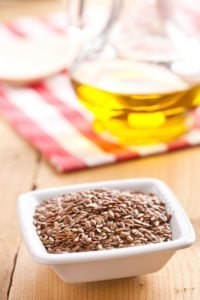
 I can’t conclude my answer without also bringing attention to the fact that flaxseeds are a better option than flax oil. As discussed in detail in chapter 5 of the Clean Cuisine book (see cover far left), “whole fats” like flaxseeds, nuts, olives and avocados are always going to be the healthier choice compared to their oil counterpart. Why? Because just like “whole fruit” as opposed to fruit juice, the “whole fat”—in this case the flaxseeds—offer a more complete nutritional package compared to the processed oil. I realize that calling flaxseed oil a “processed” food might sound like a bit of a stretch when compared to something as atrocious as margarine, but the truth is ALL oil is processed to some degree. Technically speaking, oil is not a “whole” food. When it comes to comparing flaxseeds to flax oil, the flaxseeds provide the omega-3 fats, fiber and lignans discussed above while the flax oil provides only the omega-3 fats. So, let’s say you had to choose between adding a tablespoon of flaxseeds to your morning oatmeal or smoothie or a tablespoon of flax oil—the flaxseeds would definitely be the most nutritious choice!
I can’t conclude my answer without also bringing attention to the fact that flaxseeds are a better option than flax oil. As discussed in detail in chapter 5 of the Clean Cuisine book (see cover far left), “whole fats” like flaxseeds, nuts, olives and avocados are always going to be the healthier choice compared to their oil counterpart. Why? Because just like “whole fruit” as opposed to fruit juice, the “whole fat”—in this case the flaxseeds—offer a more complete nutritional package compared to the processed oil. I realize that calling flaxseed oil a “processed” food might sound like a bit of a stretch when compared to something as atrocious as margarine, but the truth is ALL oil is processed to some degree. Technically speaking, oil is not a “whole” food. When it comes to comparing flaxseeds to flax oil, the flaxseeds provide the omega-3 fats, fiber and lignans discussed above while the flax oil provides only the omega-3 fats. So, let’s say you had to choose between adding a tablespoon of flaxseeds to your morning oatmeal or smoothie or a tablespoon of flax oil—the flaxseeds would definitely be the most nutritious choice!
As you can see from the info above, this is yet another lesson to listen to our mothers! Properly preparing and storing our foods is just as important as what we eat. I hope this information helps, Nicole!
For health,
Erin
Contributing Editor to Clean Cuisine Ask Erin a question at: erin@cleancuisine.com and follow her on Twitter: @ELodeesen
References:
1. U. A. Ajani, E. S. Ford, and A. H. Mokdad, “Dietary Fiber and C-Reactive Protein: Findings from the National Health and Nutrition Examination Survey Data,” Journal of Nutrition 134, no. 5 (2004): 1181–85.
2. K. Buck, A. K. Zaineddin, A. Vrieling, et al., “Meta-Analyses of Lignans and Enterolignans in Relation to Breast Cancer Risk,” American Journal of Clinical Nutrition 92, no. 1 (2010): 141–53. C. L. Heald, M. R. Ritchie, C. Bolton-Smith, “Phyto-Oestrogens and Risk of Prostate Cancer in Scottish Men,” British Journal of Nutrition 98, no. 2 (2007): 388–96. 
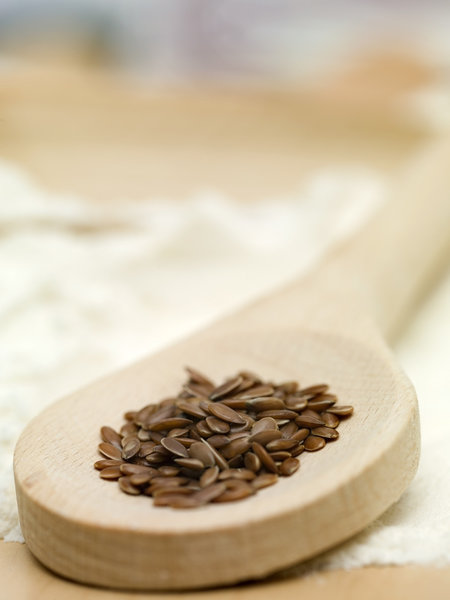
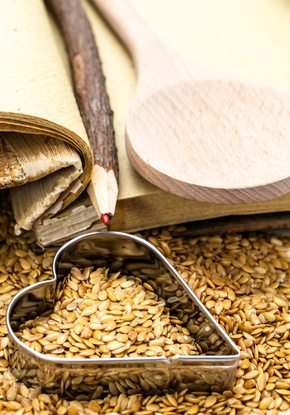
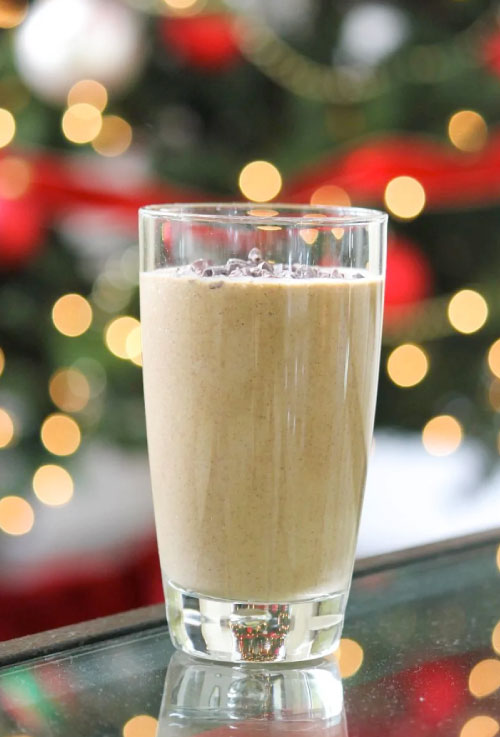

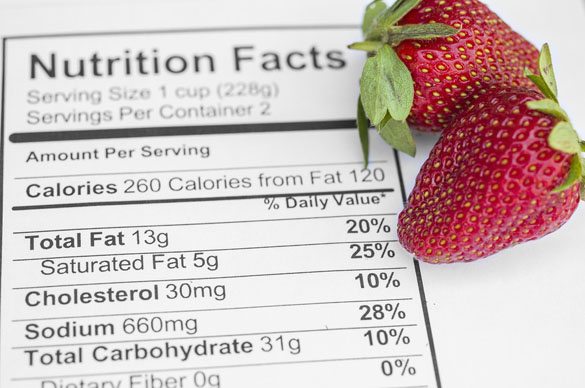
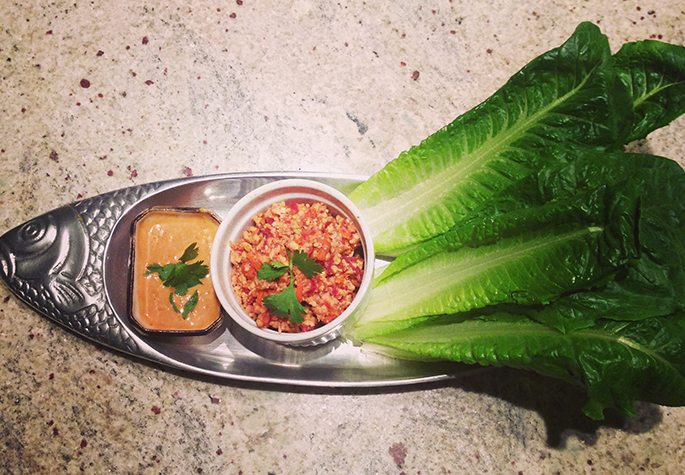
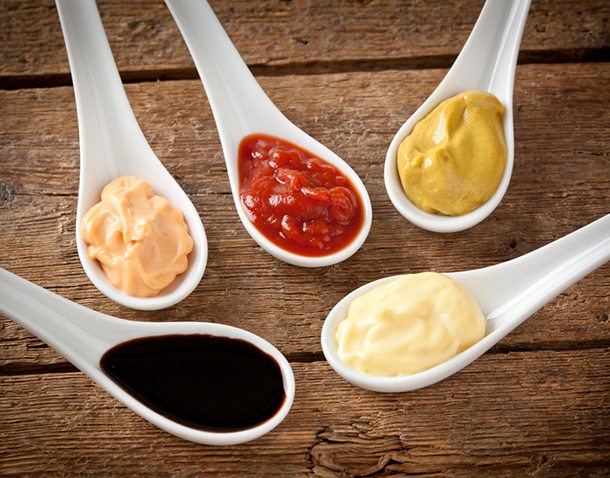
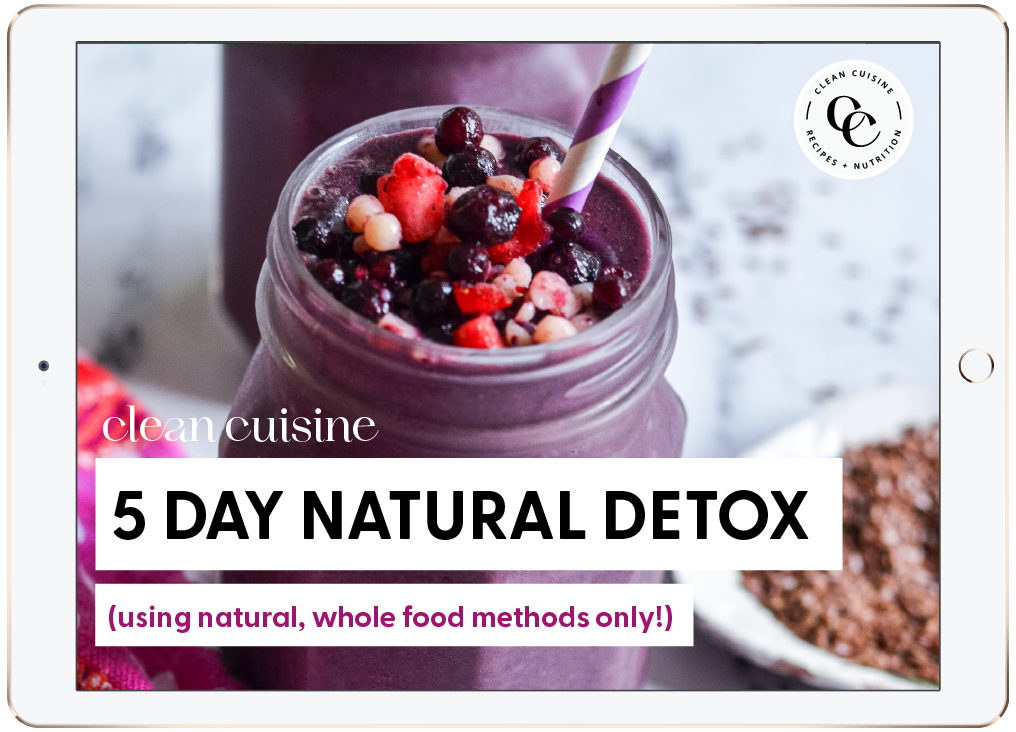

Renee Lyons
Thursday 28th of August 2014
Hello,
This is a great explanation. Does a Vitamix grind the whole flaxseed sufficiently when making a smoothie?
Thank you,
Renee
Erin Lodeesen
Thursday 28th of August 2014
Hi Renee, You'll want to grind your flaxseeds in your coffee maker before adding them to your smoothie.